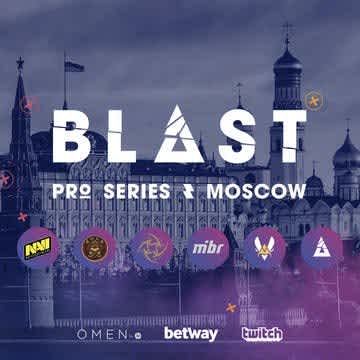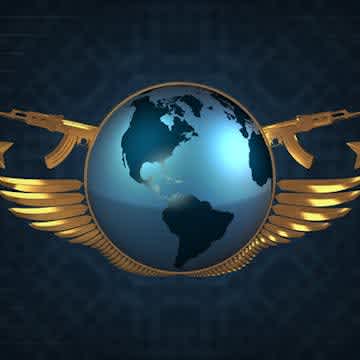The War of CS:GO leagues – an overview (and more to come)
Counter-Strike is back with a bang – or at least a series of painful crashes. Beyond the actual gameplay BLAST and co. are bringing to us, we’ve witnessed the breakdown of polite society online as the likes of ESL and Thorin have gone to war over their proposed new CS:GO leagues. In many ways, this competition will tell us more about the future of the game than anything on the servers.
“B Site”: the Thorin thing
You might say it’s “B Site”, but so far the majority of the attention drawn to that group has come Thorin’s way, as was clearly planned by the owners. Dan Fiden of Cloud9 did make an appearance on By The Numbers, but so far the public face of the group has been CS:GO’s own historian, and he’s wasted no time going on the offensive against ESL for the perceived injustices that have been perpetrated against some lower-tier teams.
Meanwhile, as we have mentioned, BLAST are quietly working away, like the kid at the back of the class hoping nobody will notice he’s on his Gameboy as the teacher is trying to break up the fight at the front. Last year’s pariah-in-chief are now much more favourably viewed by the community, with even perennial critics like Thorin himself now happily signed up to their Premier series. So, what is going on, and who is currently winning in the battle of the ‘new’ leagues?
There is no doubt that the entire ESL-versus-B Site beef has mainly worked to the benefit of BLAST, simply due to the lack of negative headlines around their own league. It also doesn’t hurt that they are coming into 2020 with a new, LAN-based format where best-of-one matches are no longer the focus and competition is king. That said, they aren’t the only people to have done well out of the fight.
BLASToff
While it may seem like B Site and ESL have traded barbs, the whole argument places them in the position of ‘competitors’ to ESL and BLAST, when the reality seems a little different. For better or worse, those two focused on getting the best teams involved in their events, while the roster for B Site looked decidedly B-movie calibre based on what we know so far.
With Astralis, Liquid, Na’Vi and many other big names involved with BLAST – and ESL having firmly nailed their colours to the ‘best CS:GO teams in the world’ mast – the current crop for the FACEIT-run league looks a bit budget, with Gen.G and the ‘new’ Dignitas the most interesting names. Investors can talk about the financial power and draw of teams like MIBR and C9 until they go blue in the face, but the last twelve months have shown that counts for nothing when the game starts, and the fans have grown tired of watching the orgs fail.
With that in mind, it was a clever move for the people behind the new league to push Thorin out front and centre and create a lot of noise around their new product, but the real test will come when the action starts. The best talent in the world can be involved, but if you don’t have the players to excite fans there aren’t going to be a lot of people who stick around for the analysis when it’s MAD Lions versus the worst Cloud9 teams of the past decade.
Teasers aplenty
We will obviously be bringing you a deeper analysis of the details as they emerge in the coming and weeks, but for now the early salvos have probably gone in favour of BLAST, with B Site the ‘other’ winners in the battle for attention. It’s too early to say whether that will translate into winning the PR war, as fans will need time to react to the statements made. Furthermore, they will still judge the leagues by the product itself in the end – which in this case is the quality of CS:GO they produce, and how it is brought to us.
Based on this, B Site seem slightly behind their competitors, at least based on the teams already announced. There simply aren’t going to be enough good teams to go around if everyone insists on exclusivity, so you can only expect the war of words to intensify further before the dust settles and we know what the future of CS looks like.
Read more
Toss a coin to your HLTV, a source sorely missing in other esports







